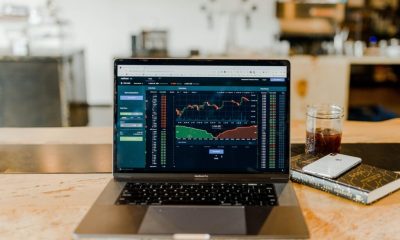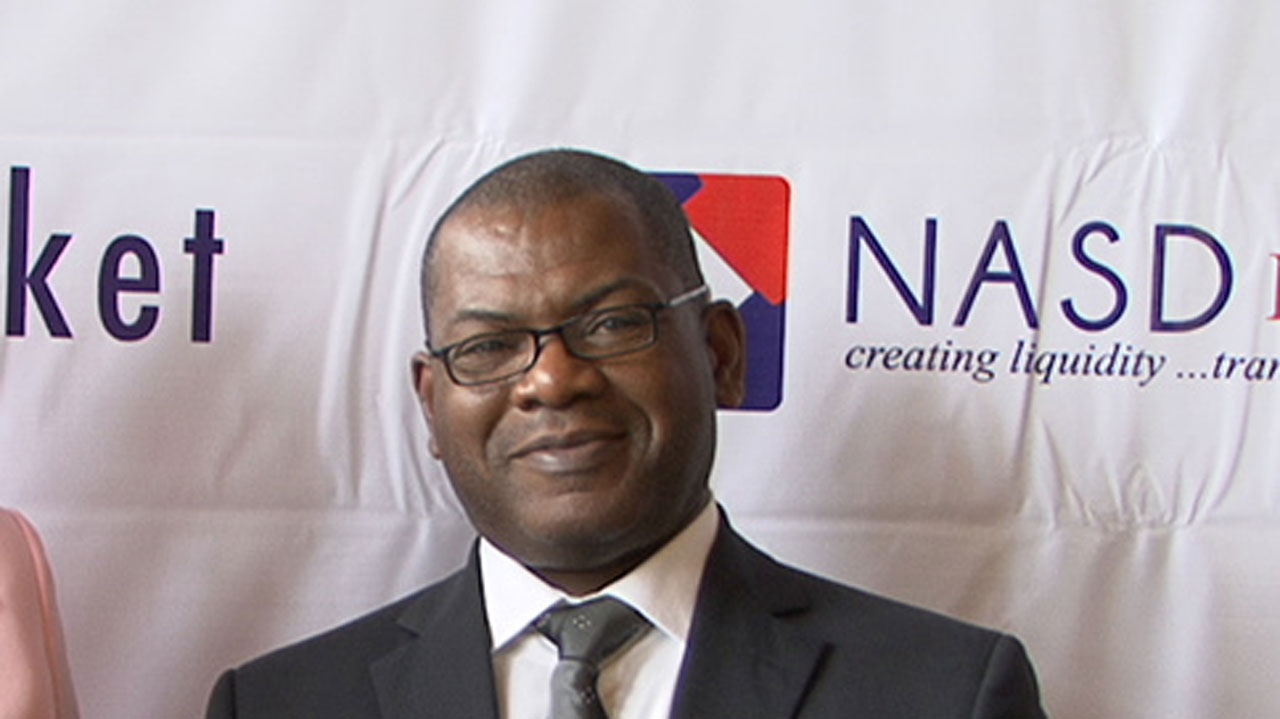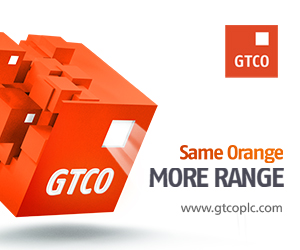Economy
Value Investing: Uncovering Opportunities Amid Market Declines

In bear markets, value investing is akin to finding hidden treasures on a clearance rack. When stock prices drop, it’s not necessarily a sign of poor quality. Instead, it offers a chance to buy solid stocks at a discount, focusing on companies with strong fundamentals that are temporarily undervalued. Discover how expert guidance through investment education firm can assist in spotting value investments during market downturns.
Principles of Value Investing in Bear Markets
When markets are down, it’s like a big sale in a department store. Prices are slashed, but that doesn’t mean the goods are of lesser quality. Value investing in bear markets works on this idea. The aim is to find stocks that are priced lower than their actual worth. But how do we do that? It’s all about sticking to the basics.
First, focus on companies with strong financial health. We’re talking about low debt levels, steady cash flow, and a history of profitability. These companies tend to weather economic storms better. When markets panic, these fundamentals often remain overlooked, creating an opportunity.
Next, patience is your best friend. Bear markets can last for months or even years. It’s not about flipping a stock for a quick profit. The goal is to hold onto these undervalued stocks until the market recognizes their true value. Remember the dot-com bust? Many tech stocks were beaten down, but those with solid fundamentals eventually rebounded spectacularly.
Lastly, keep your emotions in check. It’s easy to get caught up in the fear that grips the market, but value investing requires a calm mind. Think of it like fishing – you need to be patient and have faith that your strategy will pay off. So, are you prepared to go fishing for value in a sea of uncertainty?
Identifying Undervalued Stocks with Strong Fundamentals
Finding undervalued stocks isn’t about guessing or picking a name out of a hat. It’s more like detective work. You’re on the hunt for clues that suggest a company’s share price doesn’t match its intrinsic value. What does that mean, though? Well, it’s about the company’s real worth based on its assets, earnings, and market potential, not just the current stock price.
Start with the price-to-earnings (P/E) ratio. This number tells you how much you’re paying for every dollar the company earns. A lower P/E ratio might suggest a stock is undervalued, but don’t be fooled – sometimes, a low P/E can be a red flag. That’s where you dig deeper into the company’s earnings history and future potential.
Look at the company’s debt-to-equity ratio, too. This will give you a sense of how the company is financing its growth and how risky that might be. A company with high debt may struggle in tough times, while one with a balanced sheet will be more resilient.
Lastly, don’t forget about the management team. Companies with strong leadership and a clear vision are often better positioned to bounce back. It’s like betting on a seasoned jockey in a horse race – the experience can make all the difference. And remember, investing isn’t just about numbers; it’s also about understanding the story behind them. Who’s steering the ship, and do you trust them to navigate through rough waters?
Long-Term Growth Potential vs. Short-Term Volatility
Bear markets are like roller coasters. They can make you feel dizzy with all the ups and downs. But if you’re looking at the long-term growth potential, you’ve got to think beyond the next drop. Investing isn’t a sprint; it’s a marathon. Think about companies with solid foundations and the ability to grow even in tough times.
Take tech giants like Amazon or Google. During the 2008 financial crisis, their stocks took a hit like everyone else. But those who saw beyond the short-term turmoil and held onto their shares were rewarded handsomely over the years. These companies had something crucial: strong business models, innovation, and a market that kept growing.
What’s key here? Focus on the fundamentals and future growth. Sure, the market might be a mess now, but look at the company’s potential to innovate, expand, and capture more market share. Is it introducing new products? Does it have a solid plan to increase revenue? If so, it might weather the storm better than others.
Bear markets are tough, but they’re also a great test of your investment resolve. Are you someone who panics and sells at the first sign of trouble, or do you hold on, keeping an eye on the long game? That’s the difference between those who just get by and those who thrive in the investment world.
Conclusion
Value investing in bear markets requires discipline and patience, focusing on the long-term potential rather than short-term fluctuations. By identifying undervalued stocks with robust fundamentals, investors can turn market downturns into opportunities. It’s about sticking to proven principles and trusting that the market will eventually recognize true value.
Economy
Nigerian Stocks Close 1.13% Higher to Remain in Bulls’ Territory
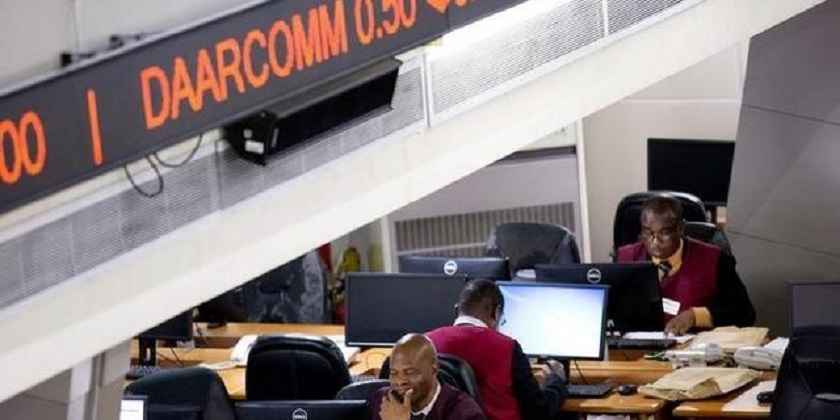
By Dipo Olowookere
The local stock market firmed up by 1.13 per cent on Friday as appetite for Nigerian stocks remained strong.
Investors reacted well to the 2026 budget presentation of President Bola Tinubu to the National Assembly yesterday, especially because of the more realistic crude oil benchmark of $64 per barrel compared with the ambitious $75 per barrel for 2025. This year, prices have been between $60 and $65 per barrel.
Business Post observed profit-taking in the commodity and energy sectors as they respectively shed 0.14 per cent and 0.03 per cent.
But, bargain-hunting in the others sustained the positive run, with the consumer goods index up by 3.82 per cent.
Further, the industrial goods space appreciated by 1.46 per cent, the banking counter improved by 0.08 per cent, and the insurance industry gained 0.04 per cent.
As a result, the All-Share Index (ASI) increased by 1,694.33 points to 152,057.38 points from 150,363.05 points and the market capitalisation chalked up N1.080 trillion to finish at N96.937 trillion compared with Thursday’s closing value of N95.857 trillion.
A total of 34 shares ended on the advancers’ chart, while 24 were on the laggards’ log, representing a positive market breadth index and bullish investor sentiment.
Austin Laz gained 10.00 per cent to close at N2.42, Union Dicon also jumped 10.00 per cent to N6.60, Tantalizers increased by 9.80 per cent to N2.69, Aluminium Extrusion improved by 9.78 per cent to N12.35, and Champion Breweries grew by 9.71 per cent to N16.95.
Conversely, Sovereign Trust Insurance dipped by 7.42 per cent to N3.87, Royal Exchange lost 6.84 per cent to trade at N1.77, Omatek slipped by 6.84 per cent to N1.09, Eunisell depreciated by 5.88 per cent to N80.00, and Eterna dropped 5.63 per cent to close at N28.50.
Yesterday, traders transacted 1.5 billion units worth N21.8 billion in 25,667 deals compared with the 839.8 million units sold for N32.8 billion in 23,211 deals in the preceding session, showing a surge in the trading volume by 76.61 per cent, an uptick in the number of deals by 10.58 per cent, and a shrink in the trading value by 33.54 per cent.
Economy
FrieslandCampina, Two Others Erase N26bn from NASD OTC Bourse

By Adedapo Adesanya
Three stocks stretched the bearish run of the NASD Over-the-Counter (OTC) Securities Exchange by 1.21 per cent on Friday, December 19, with the market capitalisation giving up N26.01 billion to close at N2.121 billion compared with the N2.147 trillion it ended a day earlier, and the NASD Unlisted Security Index (NSI) dropping 43.47 points to 3,546.41 points from 3,589.88 points.
The trio of FrieslandCampina Wamco Nigeria Plc, Central Securities Clearing System (CSCS) Plc, and NASD Plc overpowered the gains printed by four other securities.
FrieslandCampina Wamco Nigeria Plc lost N6.00 to sell at N54.00 per unit versus N60.00 per unit, NASD Plc shrank by N3.50 to N58.50 per share from N55.00 per share, and CSCS Plc depleted by N2.91 to N33.87 per unit from N36.78 per unit.
On the flip side, Air Liquide Plc gained N1.01 to close at N13.00 per share versus N11.99 per share, Golden Capital Plc appreciated by 70 Kobo to N7.68 per unit from N6.98 per unit, Geo-Fluids Plc added 39 Kobo to sell at N5.50 per share versus N5.11 per share, and IPWA Plc rose by 8 Kobo to 85 Kobo per unit from 77 Kobo per unit.
During the trading day, market participants traded 1.9 million securities versus the previous day’s 30.5 million securities showing a decline of 49.3 per cent. The value of trades went down by 64.3 per cent to N80.3 million from N225.1 million, but the number of deals jumped by 32.1 per cent to 37 deals from 28 deals.
Infrastructure Credit Guarantee Company (InfraCredit) Plc finished the session as the most active stock by value on a year-to-date basis with 5.8 billion units valued at N16.4 billion, followed by Okitipupa Plc with 178.9 million units transacted for N9.5 billion, and MRS Oil Plc with 36.1 million units traded for N4.9 billion.
The most active stock by volume on a year-to-date basis was still InfraCredit Plc with 5.8 billion units worth N16.4 billion, trailed by Industrial and General Insurance (IGI) Plc with 1.2 billion units sold for N420.7 million, and Impresit Bakolori Plc with 536.9 million units traded for N524.9 million.
Economy
Naira Crashes to N1,464/$1 at Official Market, N1,485/$1 at Black Market
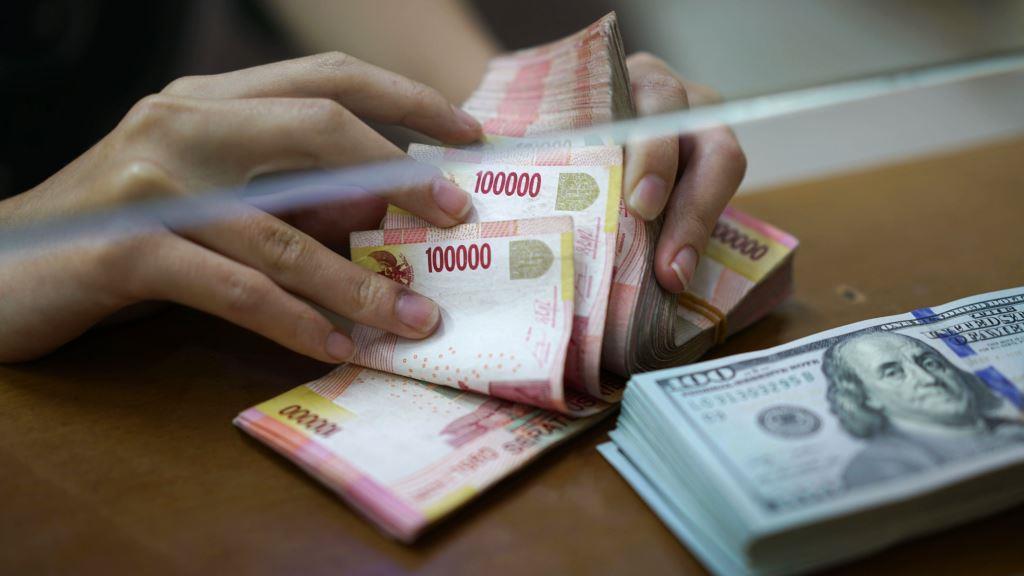
By Adedapo Adesanya
It was not a good day for the Nigerian Naira at the two major foreign exchange (FX) market on Friday as it suffered a heavy loss against the United States Dollar at the close of transactions.
In the black market segment, the Naira weakened against its American counterpart yesterday by N10 to quote at N1,485/$1, in contrast to the N1,475/$1 it was traded a day earlier, and at the GTBank forex counter, it depreciated by N2 to settle at N1,467/$1 versus Thursday’s closing price of N1,465/$1.
In the Nigerian Autonomous Foreign Exchange Market (NAFEX) window, which is also the official market, the nation’s legal tender crashed against the greenback by N6.65 or 0.46 per cent to close at N1,464.49/$1 compared with the preceding session’s rate of N1,457.84/$1.
In the same vein, the local currency tumbled against the Euro in the spot market by N2.25 to sell for N1,714.63/€1 compared with the previous day’s N1,712.38/€1, but appreciated against the Pound Sterling by 73 Kobo to finish at N1,957.30/£1 compared with the N1,958.03/£1 it was traded in the preceding session.
The market continues to face seasonal pressure even as the Central Bank of Nigeria (CBN) is still conducting FX intervention sales, which have significantly reduced but not remove pressure from the Naira. Also, there seems to be reduced supply from exporters, foreign portfolio investors and non-bank corporate inflows.
President Bola Tinubu on Friday presented the government’s N58.47 trillion budget plan aimed at consolidating economic reforms and boosting growth.
The budget is based on a projected crude oil price of $64.85 a barrel and includes a target oil output of 1.84 million barrels a day. It also projects an exchange rate of N1,400 to the Dollar.
President Tinubu said inflation had plunged to an annual rate of 14.45 per cent in November from 24.23 per cent in March, while foreign reserves had surged to a seven-year high of $47 billion.
Meanwhile, the cryptocurrency market was dominated by the bulls but it continues to face increased pressure after million in liquidations in previous session over accelerating declines, with Dogecoin (DOGE) recovering 4.2 per cent to trade at $0.1309.
Further, Ripple (XRP) appreciated by 3.9 per cent to $1.90, Cardano (ADA) rose by 3.5 per cent to $0.3728, Solana (SOL) jumped by 3.4 per cent to $126.23, Ethereum (ETH) climbed by 2.9 per cent to $2,982.42, Binance Coin (BNB) gained 2.0 per cent to sell for $853.06, Bitcoin (BTC) improved by 1.7 per cent to $88,281.21, and Litecoin (LTC) soared by 1.2 per cent to $76.50, while the US Dollar Tether (USDT) and the US Dollar Coin (USDC) traded flat at $1.00 each.
-

 Feature/OPED6 years ago
Feature/OPED6 years agoDavos was Different this year
-
Travel/Tourism9 years ago
Lagos Seals Western Lodge Hotel In Ikorodu
-

 Showbiz3 years ago
Showbiz3 years agoEstranged Lover Releases Videos of Empress Njamah Bathing
-

 Banking7 years ago
Banking7 years agoSort Codes of GTBank Branches in Nigeria
-

 Economy3 years ago
Economy3 years agoSubsidy Removal: CNG at N130 Per Litre Cheaper Than Petrol—IPMAN
-

 Banking3 years ago
Banking3 years agoFirst Bank Announces Planned Downtime
-

 Banking3 years ago
Banking3 years agoSort Codes of UBA Branches in Nigeria
-

 Sports3 years ago
Sports3 years agoHighest Paid Nigerian Footballer – How Much Do Nigerian Footballers Earn



